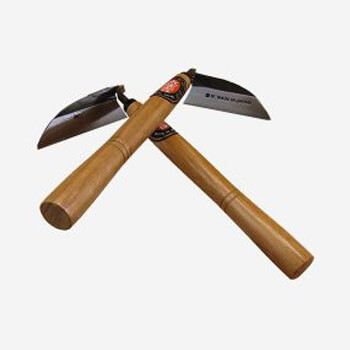Sep . 15, 2024 13:49 Back to list
Swing Type Check Valve - Reliable Flow Control Solutions
Understanding Swing Type Check Valves
Swing type check valves are essential components in various piping systems, primarily used to prevent backflow and ensure unidirectional flow of liquids and gases. Their design is simple yet effective, making them one of the most commonly employed types of check valves in industrial applications. This article delves into the features, advantages, and applications of swing type check valves.
Design and Functionality
The swing type check valve operates using a disc that swings open and closed, allowing fluid to flow in one direction while preventing it from flowing back. The valve is typically installed horizontally in a pipeline, and its movement is governed by the pressure differential across the disc. When the pressure upstream of the valve exceeds that downstream, the disc swings open, permitting flow. Conversely, if the upstream pressure drops or if backflow occurs, the disc swings closed, sealing the valve and preventing reverse flow.
The design may vary, but it usually consists of a body, a disc, a hinge pin, and some form of sealing mechanism. The materials used can range from metals such as stainless steel and brass to plastics, depending on the application and the characteristics of the fluid being controlled.
Advantages of Swing Type Check Valves
1. Simplicity One of the most appealing aspects of swing type check valves is their simple mechanical design. This simplicity translates into ease of installation and maintenance.
2. Low Pressure Drop Swing check valves generally exhibit lower pressure drop compared to other types of check valves, such as globe or ball check valves. This makes them suitable for applications where maintaining pressure is critical.
swing type check valve

3. Reliability Due to their straightforward design and robust construction, swing check valves are reliable and durable. They can withstand a wide range of pressures and temperatures, making them versatile for various industrial applications.
4. Self-Regulating These valves automatically manage the flow without the need for external power or control systems. Their passive operation simplifies system design and enhances system reliability.
Applications
Swing type check valves are widely used across various industries, including water supply, oil and gas, HVAC systems, and chemical processing. In water supply systems, they prevent backflow into the distribution network, ensuring clean water delivery. In oil and gas applications, they are used to protect pumps and compressors from the harmful effects of backflow, which can cause damage and efficiency losses.
In HVAC systems, swing type check valves play a crucial role in controlling the flow of fluids in heating and cooling systems, contributing to the overall efficiency and effectiveness of the system. Additionally, in chemical processing, these valves help maintain proper flow rates and prevent contamination from backflow.
Conclusion
In summary, swing type check valves are vital components in many fluid handling systems, offering a blend of simplicity, reliability, and efficiency. Their unique design allows for effective backflow prevention in various applications, making them a preferred choice for engineers and system designers alike. Understanding their functionality, advantages, and applications can help professionals make informed decisions when selecting check valves for their projects. As industries continue to evolve, the role of swing type check valves in ensuring fluid safety and system integrity remains indispensable.
Share
-
Reliable Wafer Type Butterfly Valves for Every IndustryNewsJul.25,2025
-
Reliable Flow Control Begins with the Right Ball Check ValveNewsJul.25,2025
-
Precision Flow Control Starts with Quality ValvesNewsJul.25,2025
-
Industrial Flow Control ReliabilityNewsJul.25,2025
-
Engineered for Efficiency Gate Valves That Power Industrial PerformanceNewsJul.25,2025
-
Empowering Infrastructure Through Quality ManufacturingNewsJul.25,2025